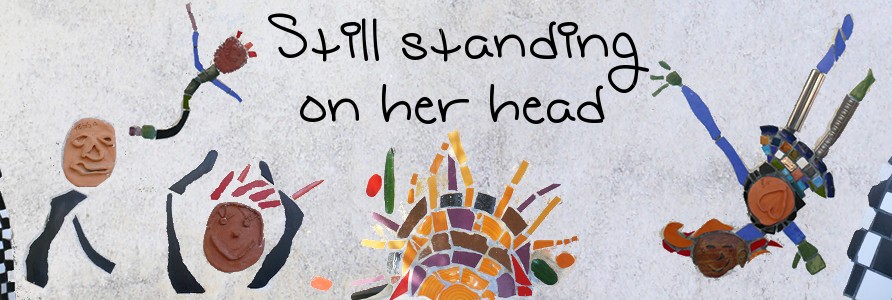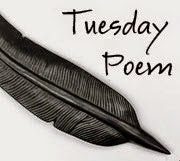We headed to Oakham, the nearest town, to do a big supermarket shop as we would now be getting our own breakfasts and dinners as well as lunches. There were enough differences between New Zealand and UK products to keep us occupied reading labels - what's more, we tended to find that fruit and vegetables were labelled with the price per piece rather than the price per kilogram or pound, which made comparing prices rather tricky.
We headed back to the resort, had lunch, and proceeded to do not very much for the rest of the day, although eventually I went for a walk around the lakefront and through some woods.

The lake (Rutland Water) is actually a manmade reservoir which explains the "beaches" being made of dried mud rather than sand or gravel.

I also started on a quest for the perfect squirrel photograph, and the perfect sunset. (This squirrel photo has been cropped, even though I had already used my 10x zoom. The squirrels came out frequently, but they were quick, and they didn't let us get very close).


After making plans for the week, we set out the next morning to explore some of the villages that P's ancestors had lived in. I don't think I should mention the name of the first, where they had worked at "The Hall" and on the Hall Farm. We located the hall on the map, and found that it had been converted to apartments. There were big electric gates with buzzers for each apartment. We drove on to the church next door and checked the graveyard but didn't find any graves with names we recognized. It occured to me that there would be a view of the hall from the church wall, so I climbed on top to see if I could get a good photograph, when a florist's van came up the driveway. The driver headed over to us and I thought he was going to question what we were up to - however he was actually quite interested and helpful, commenting that the view from the front lawn was magnificent. He told us that if we drove up to the gates they would open, and if asked we could say we were interested in purchasing an apartment! So we had a good look around the estate, without being approached at all. I suspect none of the residents really knew who their neighbours were.
We continued on to another village, Breedon-on-the-Hill. Although it is only a small village, it actually gets a mention in the "Rough Guide" as it has a collection of unusual medieval carvings. These have been relocated from an earlier ruined church on the site, and set in lead into the walls of the church. They date from about the 8th to the 12th centuries.
The church:

Some of the carvings:

The angel is a copy of one which is in the bell tower and not very accessible to visitors:

The view from the church grounds is panoramic - the guide book tells us that the highest point seen is Bardon Hill, 912 ft, and that no higher point in a straight line is reached until the Ural Mountains in Russia. This rather emphasised for us the flatness of England - from Christchurch in New Zealand where we live it is only an hour or so's drive to the Southern Alps of which the highest point is more than 12000 feet, so we find 912 feet a little unimpressive! Nevertheless, the countryside is very attractive, especially in the sunshine.

This unusual conical building in the village is an 18th century lockup for "misbehaving felons" - probably built of stone from the old church:

From Breedon we continued on to visit Calke Abbey, a country house owned by the National Trust - not because of any ancestral connection, but because our friends had recommended it.

The decision was made to exhibit it in its "faded glory" rather than restoring it. Hence some of the rooms are in a rather dilapidated state, and piled with clutter. A former owner was a passionate collector, and some of the rooms are crammed with display cases full of geological specimens, taxidermied birds, animals etc. Although the collection is huge, apparently half the birds were sold at one stage to pay death duties, so one can only imagine them all crammed in when the collection was complete.
We weren't allowed to take photos, but some of the highlights can be seen here, including an 18th century bed with Chinese silk hangings.
We also visited the small village of Bretby - my diary notes "not much to see"
Next: Leicestershire archives, and we explore the city



No comments:
Post a Comment